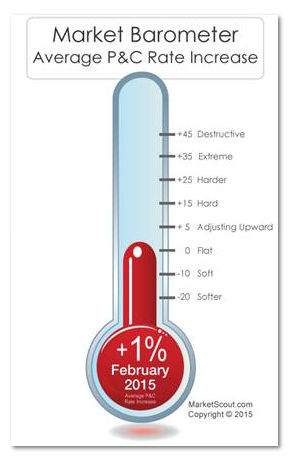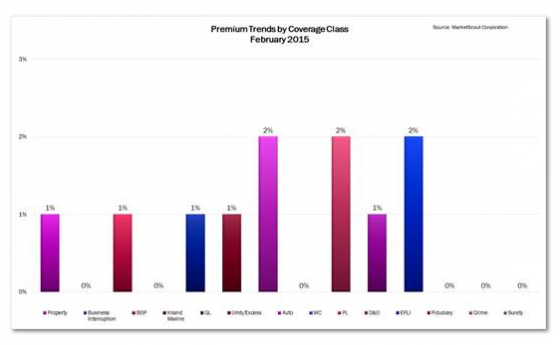According to the Occupational Health and Safety Administration, 4.1 million U.S. employees experience work-related injuries or illnesses each year and 1.12 million of those employees lose work days as a result. With the average employee missing eight days per injury, even a minor injury can create a domino effect in your company.
When employees experience illness or injury, it often impacts their ability to perform their jobs, especially in occupations that are more labor intensive. As soon as your worker is able, it is in everyone’s best interest to return him or her to work in some capacity. Oftentimes, this is done through formalized return to work programs. Return to work programs are extremely effective because they provide benefits to not only the employee, but also your company.
Example Job Duties
Return to work programs involve “light duty” or alternative jobs for recovering employees. For example, you can assign less strenuous or stressful parts of the employee’s normal job or have them work at a slower rate. You can also combine the less strenuous or stressful parts of several different jobs to create one full-time job for the recovering employee; this could free up other workers to take on special projects or catch up with work that is falling behind.
A supervisor can also assign a special project without a tight deadline to a recovering employee. As another alternative, some companies work with local not-for-profit organizations to keep the employee engaged with light work duties while making a notable contribution to the community.
Establishing these types of assignments will create a more fruitful and engaging return to work program. Still not convinced? Here is a list of the top 10 benefits of return to work programs for both your employee and business.
Top Benefits for Your Employees
Implementing a return to work program for injured employees communicates care and concern. It also shows employees that you value their well-being and want them back on the job as soon as possible.
Employees benefit in the following ways:
1. Retaining full earning capacity
2. Maintaining a productive mindset
3. Staying on a regular work schedule
4. Avoiding dependence on a disability system
5. Having a sense of security and stability
Top Benefits for Your Company
A return to work program can also benefit your company financially by:
1. Anticipating and controlling hidden costs
2. Reducing financial impact of workplace injuries
3. Providing a proactive approach to cost containment
4. Improving your ability to manage an injury claim and any restrictions
5. Getting your experienced employees back to work, resulting in less time and money spent on recruiting and hiring
It should be no surprise that a simple workers compensation case may result in expensive litigation. A well-executed return to work program will also provide clear expectations and guidelines for employees injured on the job and have been shown to reduce litigation.
Additionally, many workers compensation insurers now require their clients to establish return to work programs.
If nothing else, having a well-documented return to work program will show a prospective insurance company that your organization takes risk management seriously. It’ll demonstrate a commitment that may mean the difference in getting into a better insurance deal and/or more favorable rates.
Getting Started
Establishing a return to work policy and or program is not difficult. Some companies already include many of the policies unofficially in the way they handle claims. It is important, however, to execute these programs correctly. Clear guidelines and specific, consistent policies must be established in writing. Your insurance broker or carrier’s loss control or claims personnel can help you get started.
According to data collected by the Job Accommodation Network, 74% of employers that implemented some form of return to work accommodations rated them as either very or extremely effective—with most accommodations costing the employers nothing. Of those that do have associated costs, the one-time expenditure on average is 0.
Seeing the minimal costs involved and the resulting high value begs the question: why not implement a return to work program?








